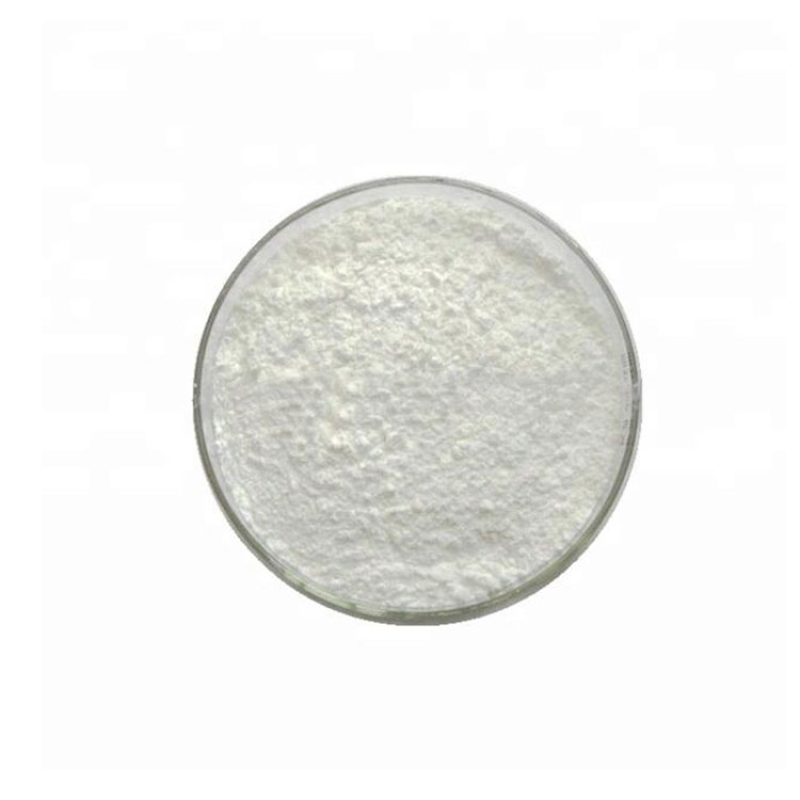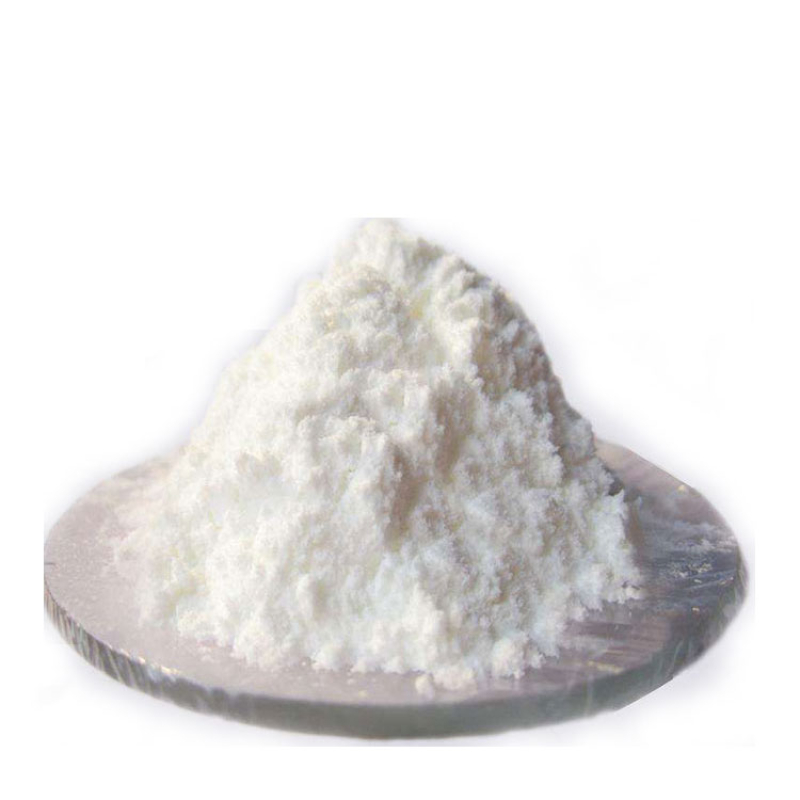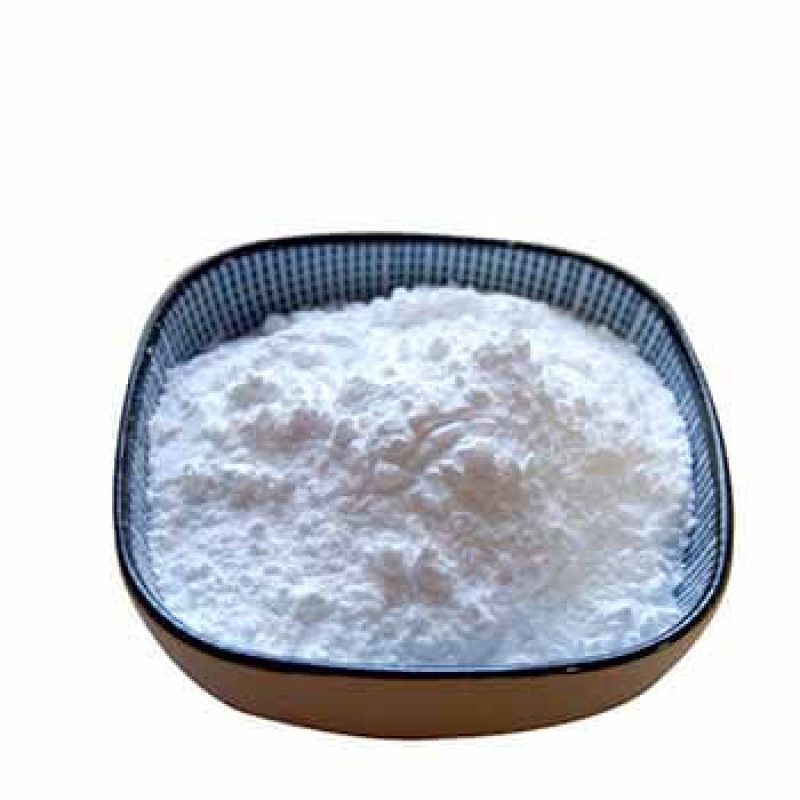Products Description of CETEARYL ALCOHOL CAS#8005-44-5Cetostearyl alcohol is in the form of white granules, flakes or blocks, has a greasy smell, and is a transparent oily liquid after melting.
Contact Now
Products Description of Benzyl alcohol CAS#100-51-6Benzyl alcohol, also known as benzyl alcohol, has a molecular formula of C6H5CH2OH and a density of 1.045 g/mL at 25°C (lit.). It is the simplest fatty alcohol containing phenyl groups and can be regarded as hydroxymethyl-substituted benzene or phenyl-substituted methanol. It is a colorless, transparent, viscous liquid with a faint aromatic odor. Sometimes, after being left for a long time, benzyl alcohol will have a slight smell of bitter almonds due to oxidation.
Contact Now
Products Description of SANDALORE CAS#65113-99-7Sandalore is a synthetic sandalwood odorant with odor in some ways similar to sandalwood and consequently used in perfumes, emollients, and skin cleaning agents. Sandalore, and the similar brahmanol, have been identified as agonists of the cutaneous olfactory receptor OR2AT4, and found to induce strong Ca2+ signals in cultured human keratinocytes.
Contact Now
Products Description of Isopropyl alcohol CAS#67-63-0Isopropyl alcohol, also known as fire wine, is the simplest secondary alcohol and one of the isomers of n-propyl alcohol. It is a colorless, flammable liquid with a strong odor, similar to the mixture of ethanol and acetone, but not very odorous. It is soluble in most organic solvents such as water, alcohol, ether, benzene, chloroform, etc. It is miscible with water, alcohol, ether, and can form an azeotrope with water.
Contact Now
N-B-HYDROXYETHYL OLEYL IMIDAZOLINE CAS#95-38-5It is widely used in the process of oil and natural gas extraction, gathering and transportation, and in the atmospheric and vacuum, catalytic cracking, hydrofining, hydrocracking and other devices of refineries to prevent corrosion of metal equipment.
Contact Now
Products Description of Isopropyl alcohol CAS#67-63-0Isopropyl alcohol is also known as fire wine, dimethyl methanol, 2-propanol, English: isopropylalcohol, the simplest secondary alcohol, and one of the isomers of n-propanol.A colorless, flammable liquid with a strong odor, similar to the smell of a mixture of ethanol and acetone, but not very strong. It is soluble in most organic solvents such as water, alcohol, ether, benzene, chloroform, etc., and can be miscible with water, alcohol, ether, and can form an azeotrope with water.
Contact Now
Products Description of 3,5-Dinitrosalicylic acid CAS#609-99-4Yellow flaky crystals. Melting point 173-174°C. Soluble in alcohol, benzene, ether, slightly soluble in water.3,5-Dinitrosalicylic acid Chemical PropertiesMelting point 168-172 °C (lit.)Boiling point 369.91°C (rough estimate)density 1.7914 (rough estimate)refractive index 1.5300 (estimate)storage temp. room tempsolubility H2O: soluble50mg/mLform Powderpka1.57±0.10(Predicted)color YellowPH Range1.3-1.8 (10g/L @ 20°C)Water Solubility solubleBRN 2220661Stability:Stable.
Contact Now
Products Description of Poly(vinyl alcohol)CAS#25213-24-5White powderPoly(vinyl alcohol) Chemical PropertiesMelting point >300 °CEPA Substance Registry SystemVinyl acetate vinyl alcohol polymer (25213-24-5)Safety InformationRisk Statements 23/24/25-36/38-39/23/24/25Safety Statements 26-36/37-45WGK Germany 1RTECS TR8100000 Factory and Equipment ShowFast delivery timeInventory 2-3 working days New production 7-10 working days
Contact Now
Products Description of (S)-(+)-Mandelic acid 99% CAS#17199-29-0 Mandelic acid is white shiny crystalline powder, crystals or flakes; solubility in water: 100g/L (25℃). Soluble in alcohol and ether.
Contact Now
Products Description of Inhibitor 701 99% CAS#2226-96-2Inhibitor 701 is a nitroxide free radical inhibitor, which is suitable for preventing the self-polymerization of olefins and unsaturated monomers during production, separation, refining, storage and transportation, and controlling and regulating the degree of polymerization of olefins and their derivatives in organic synthesis reactions2.
Contact Now
C18H36O CAS#143-28-2 Product Introduction:Meet Pure Oleyl Alcohol, scientifically identified as C18H36O and registered under the CAS#143-28-2. This Light yellow oily liquid is a critical component in a myriad of industries, offering versatility and reliability.
Contact Now
Products Description of Sodium Oleate CAS#143-19-1Sodium oleate, also known as sodium octadecenoate, cis-9-octadecenol, oleyl alcohol, cis-9-octadecenol, (Z)-octadecenol, olive oil alcohol, cis-9-octadecen-1-ol, 9-n-octadecenol, octadecenol. It is an organic oil with the chemical formula C17H33CO2Na. Sodium oleate is the main component of soap made from olive oil and tallow soap. It can also be made by reacting sodium hydroxide with oleic acid. It is a compound composed of a hydrophobic group and a hydrophilic group.
Contact Now
Products Description of Poly(maleicanhydride-acrylicacidcopolymer) CAS#26677-99-6 Solvent polymerization: Copolymerization in benzene, toluene, xylene, trimethylbenzene, ethylbenzene, isopropylbenzene, butylbenzene or their mixtures can produce white, brittle solid polymers with a relative molecular mass of about 4000.
Contact Now
Products Description of Sodium Oleate CAS#143-19-1Sodium oleate, also known as sodium octadecenoate, cis-9-octadecenol, oleyl alcohol, cis-9-octadecenol, (Z)-octadecene-9-enol, olive oil alcohol, cis -9-Octadecen-1-ol, 9-n-octadecenol, octadecenol. It is an organic oil with the chemical formula C17H33CO2Na. Sodium acid acid is the main component of soaps made from olive oil and other soaps. It is also the main component of tallow soap. It can also be produced by the reaction of sodium hydroxide and oleic acid. It is a compound composed of hydrophobic and hydrophilic groups.
Contact Now
Products Description of Chloramine B 99% CAS#127-52-6Chloramine B, also known as sodium benzenesulfonyl chloride, is a white crystalline powder. It is explosive when exposed to impact, friction, fire or other ignition sources.
Contact Now
Products Description of 4'-HydroxyacetophenoneCAS#99-93-4Since p-hydroxyacetophenone contains hydroxyl and ketone groups on the benzene ring in its molecule, it is often used as an intermediate in organic synthesis to react with other compounds to synthesize many important substances.
Contact Now
Products Description of 1-Methylimidazole 99% CAS#616-47-7N-methylimidazole, also known as 1-methylimidazole, is mainly used as an organic synthesis intermediate, ionic liquid and resin curing agent, adhesive, etc., such as the synthesis of deoxyribonucleic acid and acetylation catalyst, as well as for casting, bonding and fiberglass. Therefore, optimizing the synthesis process of N-methylimidazole has great application value and practical significance.
Contact Now
Products Description of p-Cymene CAS#99-87-64-isopropyltoluene is an organic compound with the chemical formula C10H14. It is a colorless and transparent liquid, insoluble in water, soluble in ethanol, ether, acetone, chloroform and other organic solvents. It is mainly used in organic synthesis and preparation of paint thinners.
Contact Now
Products Description of Copper(II) sulfate pentahydrate CAS#7758-99-8Copper sulfate pentahydrate (chemical formula: CuSO4·5H2O) is blue vitriol, blue triclinic crystal, easy to weather in dry air, lose 4 molecules of crystal water when heated to 190℃, and become anhydrous salt at 258℃. Toxic. Soluble in water, insoluble in ethanol. Can be used for pesticides, harmful if swallowed, irritating eyes and skin, and can have long-term adverse effects on the aquatic environment.Copper sulfate crystals are beautiful blue crystals in plate or short columnar shape with a beautiful blue color.
Contact Now
Products Description of D(+)-Glucose CAS#50-99-7Glucose is a six-carbon sugar containing an aldehyde group with a molecular formula of C6H12O6. It is the most important monosaccharide in living organisms. Its main function is to provide energy required for physiological activities of the body. It is known that the complete oxidation of 1 mol of glucose releases energy of 2870kJ (686kCal), accounting for 70% to 80% of the total energy required by the body.
Contact Now
Products Description of Di-tert-butyl Dicarbonate CAS#24424-99-5BOC anhydride is an organic compound with the molecular formula C10H18O5.
Contact Now
Products Description of 4'-Chloroacetophenone CAS#99-91-2Chloroacetophenone is an organic compound with the molecular formula C8H7ClO. It is a white liquid at room temperature. Insoluble in water, soluble in organic solvents.
Contact Now
Products Description of Diisopropyl Ether (99%min) CAS#108-20-3Diisopropyl ether is a good solvent for animal, vegetable and mineral oils and fats, and can be used to extract nicotine from tobacco. It is also a good solvent for paraffin and resin. In industry, diisopropyl ether is often mixed with other solvents and applied to paraffin-based oils. The dewaxing process of the product. As a solvent, it is also used in pharmaceuticals, smokeless gunpowder chemical books, coatings and paint cleaning, etc.
Contact Now
99%Citric acid CAS#77-92-9Product Description:Introducing our high-quality Citric Acid Powder, a versatile and essential component in various industries, with the chemical abstract service number CAS#77-92-9.
Contact Now


































